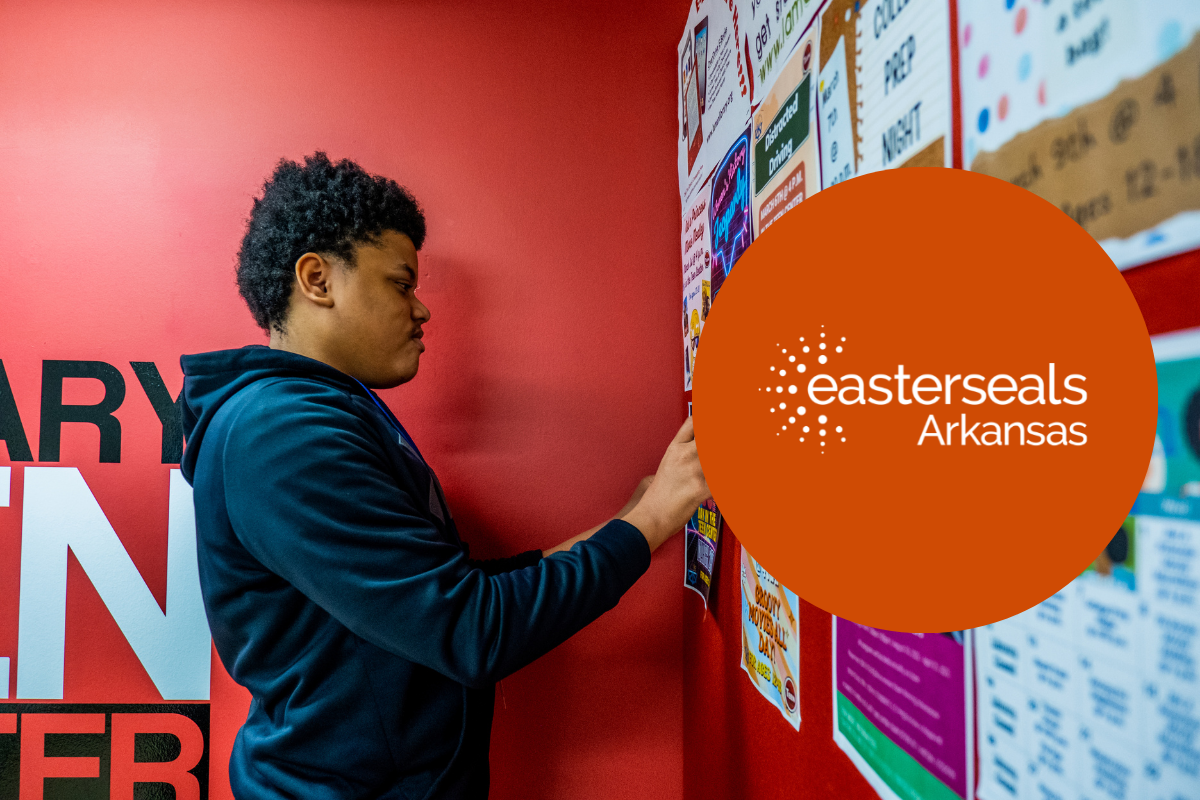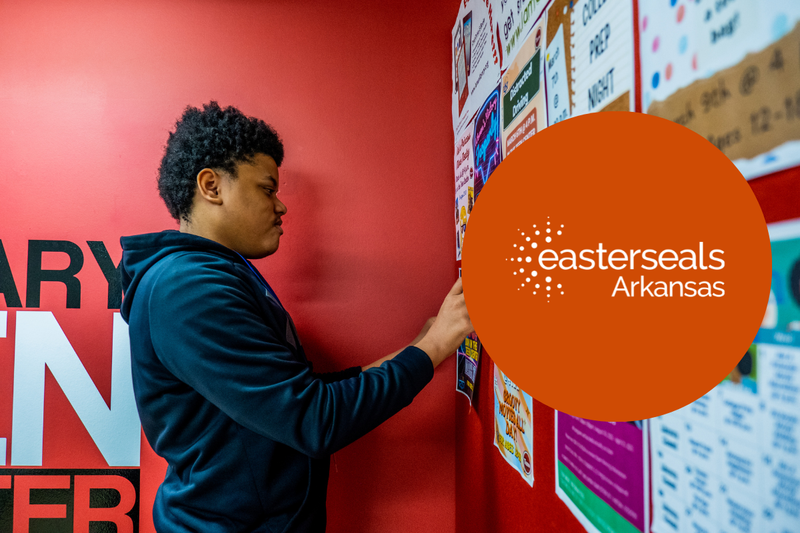
When raising a child with Down syndrome, you're always looking for tools that support their development and independence. Occupational therapy (OT) might be what you need to help your child gain essential life skills. But does OT actually make a difference? In this post, we’ll break down how OT benefits children with Down syndrome, explore early interventions, and explain how these therapies support sensory regulation and motor skills.
Key Takeaways:
- OT for children with Down syndrome improves motor skills, muscle tone, coordination, and independence.
- Early OT interventions include oral motor exercises, hand-eye coordination work, and body positioning.
- Play-based therapy helps develop fine motor skills (e.g., beading, stacking blocks) and gross motor skills (e.g., therapy balls, balance beams).
- Sensory diets use weighted objects and specific activities to assist sensory processing and body awareness.
- Common OT assessments include the Peabody, BOT-2, SPM, and PEDI, focusing on motor, sensory, and daily life skills.
- Effective sensory regulation strategies include weighted vests and personalized sensory diets.
- OT for fine/gross motor skills uses exercises like in-hand manipulation (for fine motor) and balance work (for gross motor).
- OT for adults prioritizes independence, focusing on self-care, work readiness, and social skills.

The Benefits of Occupational Therapy for Children with Down Syndrome
Occupational therapy (OT) is a game-changer for children with Down syndrome, especially when started early. It helps build crucial life skills that make everyday tasks easier. So, how does it benefit them?
Early OT Interventions
First, therapy addresses muscle tone, motor skills, coordination, and independence. Children with Down syndrome have low muscle tone, which makes fine motor tasks such as holding small objects or using tools tricky.
One idea is to begin with targeted oral motor exercises. These exercises are essential because many children with Down syndrome experience feeding and speech delays. OT focuses on positioning their body and helping coordinate hand-to-mouth movements. Additionally, therapists might assess physical motor abilities like grasping or swallowing. Once they identify areas that need work, they’ll start designing specific activities that cater to these needs.
Therapeutic Activities in OT
It all starts with play-based therapy. For fine motor skills, simple tasks such as placing beads on string or picking up small blocks to stack can improve finger strength and precision. For gross motor development, children can practice balancing by using a therapy ball or walking on soft balance beams. Those types of activities strengthen muscles like the legs, arms, and shoulders, which lead to greater body control.
Therapists also collaborate with families at home to integrate these therapeutic activities into daily routines. Fun activities such as squeezing clay, using putty, and engaging in outdoor sensory play all build the child’s capacity to learn new motor skills and thrive both at home and school. The goal is always to improve the child’s independence while keeping therapy engaging and fun. Early OT intervention, often within the first five years, lays the foundation for lifelong learning.
Involving therapists during early childhood supports social, emotional, physical, and sensory development, leading to happier, more active lives.
Common OT Assessments for Down Syndrome
Occupational therapy (OT) for individuals with Down syndrome starts with detailed assessments. These assessments help therapists better understand the abilities and needs of each child. But what are the common OT assessments for Down syndrome?
Many tools focus on motor development, sensory processing, and daily living skills. For instance, therapists commonly assess motor skills using the Peabody Developmental Motor Scales or The Bruininks-Oseretsky Test of Motor Proficiency (BOT-2). These help identify delays in both fine and gross motor skills—areas where kids with Down syndrome often struggle due to low muscle tone and motor coordination challenges.
When it comes to sensory needs, the Sensory Processing Measure (SPM) or Sensory Profile are used. These help therapists see how a child responds to environments or stimuli like touch, sound, and movement. Sensory processing can affect a child's ability to focus, socialize, or complete various tasks.
For daily life tasks such as eating, dressing, or playing, tools like the Pediatric Evaluation of Disability Inventory (PEDI) or the School Function Assessment (SFA) are used. These tools break down tasks, showing where a child might need support.
How are OT assessments personalized? A good OT assessment is never one-size-fits-all. Each child with Down syndrome has unique strengths, challenges, and experiences. During the assessment, the therapist watches the child do things like button a shirt or stack blocks. Based on this, therapies and goals are shaped around that child's particular needs, making therapy more successful. Tailored assessments lead to more focused therapy sessions, improving skills over time. You can find more information on the National Down Syndrome Society’s page about how occupational therapy can support children with Down syndrome.
Effective OT Strategies for Sensory Regulation in Down Syndrome
Children with Down syndrome often face challenges in sensory processing. Many struggle with low muscle tone, which affects their ability to feel where their body is in space. They may also have trouble responding to touch, sounds, or sights. This means everyday tasks, like eating, dressing, or playing, can be harder for them.
An effective compensatory frame in OT helps children adapt to these challenges in practical ways. For example, when low muscle tone is an issue, weighted vests or blankets can help. These weighty tools give the child extra feedback, which helps them feel more centered and aware of their body. These types of objects make it easier to control movements and better engage with tasks.
Another important tool in sensory regulation is setting up a sensory diet. A sensory diet is a personalized plan of sensory activities, tailored to a child's needs, done at specific times throughout the day. Activities like jumping on a trampoline, squeezing putty, or stretching can help calm or energize a child, depending on how they are feeling. You can think of it as giving their body the right "fuel" to function best in different situations.
Gross motor skills in Down syndrome tend to develop slower than in other children. Any effective sensory activity must focus on building these larger movements. Simple exercises like balancing on a therapy ball, doing obstacle courses, or yoga can help improve these skills. These activities can not only build physical strength but also help with body awareness, leading to better sensory regulation overall.
How Occupational Therapy Supports Fine and Gross Motor Skill Development
Occupational therapy (OT) plays a big part in both fine and gross motor skill development for children with Down syndrome. Fine motor skills, like grasping or picking up small objects, can be more challenging for these children because of low muscle tone and shorter fingers. These issues affect their ability to hold pencils, zippers, or even toys.
One of the best exercises for this is using in-hand manipulation. This involves activities such as picking up beads and moving them around inside their hand or using tongs to transfer small items from one spot to another. These help strengthen the muscles in the hand and improve coordination. Similarly, play with putty or clay lets them pinch and shape, adding another layer of work to stretch and strengthen the fingers.
Gross motor skills involve larger movements. These might include walking, jumping, or throwing. For children with Down syndrome, improved gross motor skills mean more independence. They can more confidently perform daily tasks such as climbing stairs, getting dressed, or participating in active games with friends. In OT, therapists often use balance exercises like walking on a line or jumping on a trampoline. These activities help improve strength, coordination, and balance, all of which are necessary for everyday actions.
Simple exercises like weight-bearing through the arms—such as pushing against a wall or crawling—can boost arm and shoulder strength, helping kids improve their ability to support their body weight in different positions. This can directly translate into better skills for climbing playground equipment, dressing themselves, or even holding heavier objects like a backpack.
By focusing on both fine and gross motor skills, OT strategies for Down syndrome are designed to help children be more independent and engage meaningfully in daily activities, from schoolwork to playing outside.
Adults with Down Syndrome and Occupational Therapy
Adults with Down syndrome have different needs than children, and occupational therapy (OT) must adapt. The OT goals shift for adults by emphasizing daily living skills that offer long-term benefits, like self-care and work readiness. We want to improve areas that will help them lead fulfilling lives. This includes helping them with personal grooming, managing household tasks, or even improving their ability to interact socially at work.
Activities like sorting objects, practicing cooking, and learning job responsibilities are good ways to support adult independence. OT also works on social skills and clear communication goals. This builds their ability to live as independently as possible.
OT assessments for adults focus on how they perform in their personal environments, whether at home, work, or in social settings. For example, a specialist may analyze how well they complete daily tasks like meal prep or managing their health. From this, they can then develop activities that support their unique health and functional needs.
Activities that promote both gross and fine motor control are vital here. Strength training or balancing exercises are incredibly useful for preserving mobility and muscle control.
Occupational therapy offers personalized care for those with Down syndrome, from childhood to adulthood. Early interventions build strong foundations through targeted activities, while assessments guide individualized treatment. Sensory regulation and motor skill development improve overall functioning, making daily tasks more manageable. For adults, OT shifts towards independence and functional skills. With the right strategies, therapy closes the gap between challenges and potential. Empower yourself with the resources and knowledge to support each developmental stage. Read more on early intervention here.
Empowering Potential with Easterseals Arkansas
At Easterseals Arkansas, we specialize in providing compassionate, expert care for individuals with Down syndrome and other disabilities through life-changing services like occupational therapy, speech therapy, and physical therapy. Our tailored programs help children and adults build independence, develop essential skills, and reach their fullest potential.
Your journey starts here. Whether you're looking for therapy services, educational resources, or a community that understands your needs, we're here to support you every step of the way.
